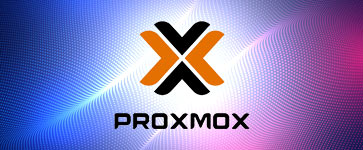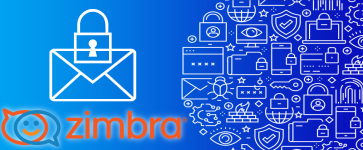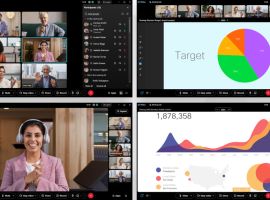Last updated
-
in Office
-
Hits: 2312
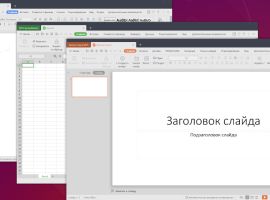 WPS Office is a powerful office suite that has good compatibility with Microsoft Office application file formats and provides most of its functions and capabilities.
WPS Office is a powerful office suite that has good compatibility with Microsoft Office application file formats and provides most of its functions and capabilities.
It includes:
* Writer - text editor (Word)
* Spreadsheet - spreadsheets, calculations and charts (Excel)
* Presentation - wizard for creating presentations (Power Point)
The user interface is presented with modern ribbons in the style of MS Office 2019.
The interface language can be in English, Russian and Ukrainian.
-
in Network
-
Hits: 199
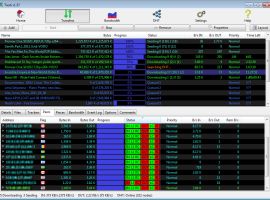 Tixati is a fast, lightweight and powerful BitTorrent client for P2P systems with a rich selection of features that is simple and easy to use.
Tixati is a fast, lightweight and powerful BitTorrent client for P2P systems with a rich selection of features that is simple and easy to use.
Here are some key features of Tixati:
-
in Office
-
Hits: 1329
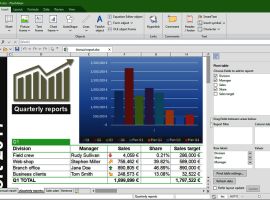 SoftMaker FreeOffice is an office suite that has good compatibility with Microsoft Office application file formats and provides most of its functions and features.
SoftMaker FreeOffice is an office suite that has good compatibility with Microsoft Office application file formats and provides most of its functions and features.
This is one of the best free alternative offices that is not inferior in functionality.
It includes:
- TextMaker - text editor (Word)
- PlanMaker - calculations, spreadsheets and charts (Excel)
- Presentations - presentation creation (Power Point)
-
in Network
-
Hits: 377
Webex is a platform for video conferencing, online meetings, collaboration, and messaging.
It is used in both business and education to conduct:
- Video calls and meetings
- Webinars and online courses
- Collaboration on documents and presentations
- Real-time messaging and file sharing
The platform competes with solutions such as Zoom, Microsoft Teams and Google Meet.
-
in Tools
-
Hits: 17577
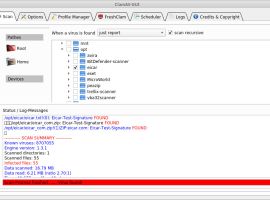 ClamAV-GUI is a user-friendly graphical interface for ClamAV (Clam Antivirus). It is designed to be an easy-to-use, lightweight on-demand scanner for Linux systems.
ClamAV-GUI is a user-friendly graphical interface for ClamAV (Clam Antivirus). It is designed to be an easy-to-use, lightweight on-demand scanner for Linux systems.
ClamAV® is an open-source antivirus engine for detecting trojans, viruses, malware & other malicious threats.
Features ClamAV:
-
in Network
-
Hits: 1009
 Microsoft Teams — an enterprise platform that integrates chat, meetings, notes, and attachments into a workspace. Developed by Microsoft as a competitor to the popular corporate solution Slack.
Microsoft Teams — an enterprise platform that integrates chat, meetings, notes, and attachments into a workspace. Developed by Microsoft as a competitor to the popular corporate solution Slack.
-
in Network
-
Hits: 934
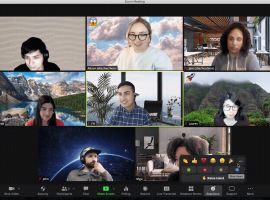 Zoom is a program for organizing video conferencing. It provides a video telephony service that allows you to connect up to 100 devices simultaneously for free, with a 40-minute limit for free accounts.
Zoom is a program for organizing video conferencing. It provides a video telephony service that allows you to connect up to 100 devices simultaneously for free, with a 40-minute limit for free accounts.
-
in System utilities
-
Hits: 3253
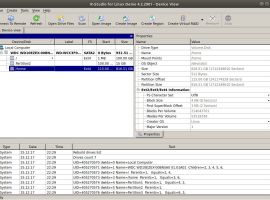 Based on the latest unique data recovery technology, R-Studio is the most comprehensive data recovery software solution to recover files from NTFS 4/5, ReFS, FAT 12/16/32, ExFAT, HFS/HFS+ (Macintosh), Little and Big Endian variants of UFS1/UFS2 (FreeBSD/OpenBSD/NetBSD/Solaris) and Ext2/Ext3/Ext4 FS (Linux) partitions.
Based on the latest unique data recovery technology, R-Studio is the most comprehensive data recovery software solution to recover files from NTFS 4/5, ReFS, FAT 12/16/32, ExFAT, HFS/HFS+ (Macintosh), Little and Big Endian variants of UFS1/UFS2 (FreeBSD/OpenBSD/NetBSD/Solaris) and Ext2/Ext3/Ext4 FS (Linux) partitions.
R-Linux is a free program for recovering Ext2/Ext3/Ext4 file systems.
-
in System utilities
-
Hits: 1532
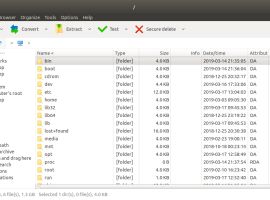 PeaZip is an archive manager. It is a single, unified GUI for working with multiple open source data compression technologies (7-Zip, FreeArc, UPX, ZPAQ), as a free alternative to traditional Zip file utilities such as WinZip and WinRar.
PeaZip is an archive manager. It is a single, unified GUI for working with multiple open source data compression technologies (7-Zip, FreeArc, UPX, ZPAQ), as a free alternative to traditional Zip file utilities such as WinZip and WinRar.
Opens and decompresses over 180 archive formats and variants, including ACE, CAB, ISO, RAR, ZIPX... Compress (and convert to) 7Z, BALZ/BCM/QUAD, BZ2, GZ, FreeARC, *PAQ, PEA, TAR files , WIM, XZ and ZIP.
PeaZip also has its own Pea archive format (with support for compression, multi-volume archives and a flexible encryption and integrity control system).
-
in System utilities
-
Hits: 1292
Firejail is a sandbox utility designed to reduce the risk of system security breaches when running untrusted applications or potentially vulnerable programs.
Firetools is a graphical user interface (GUI) for Firejail that makes its use simpler and more intuitive for the average user.
Page 1 of 100





